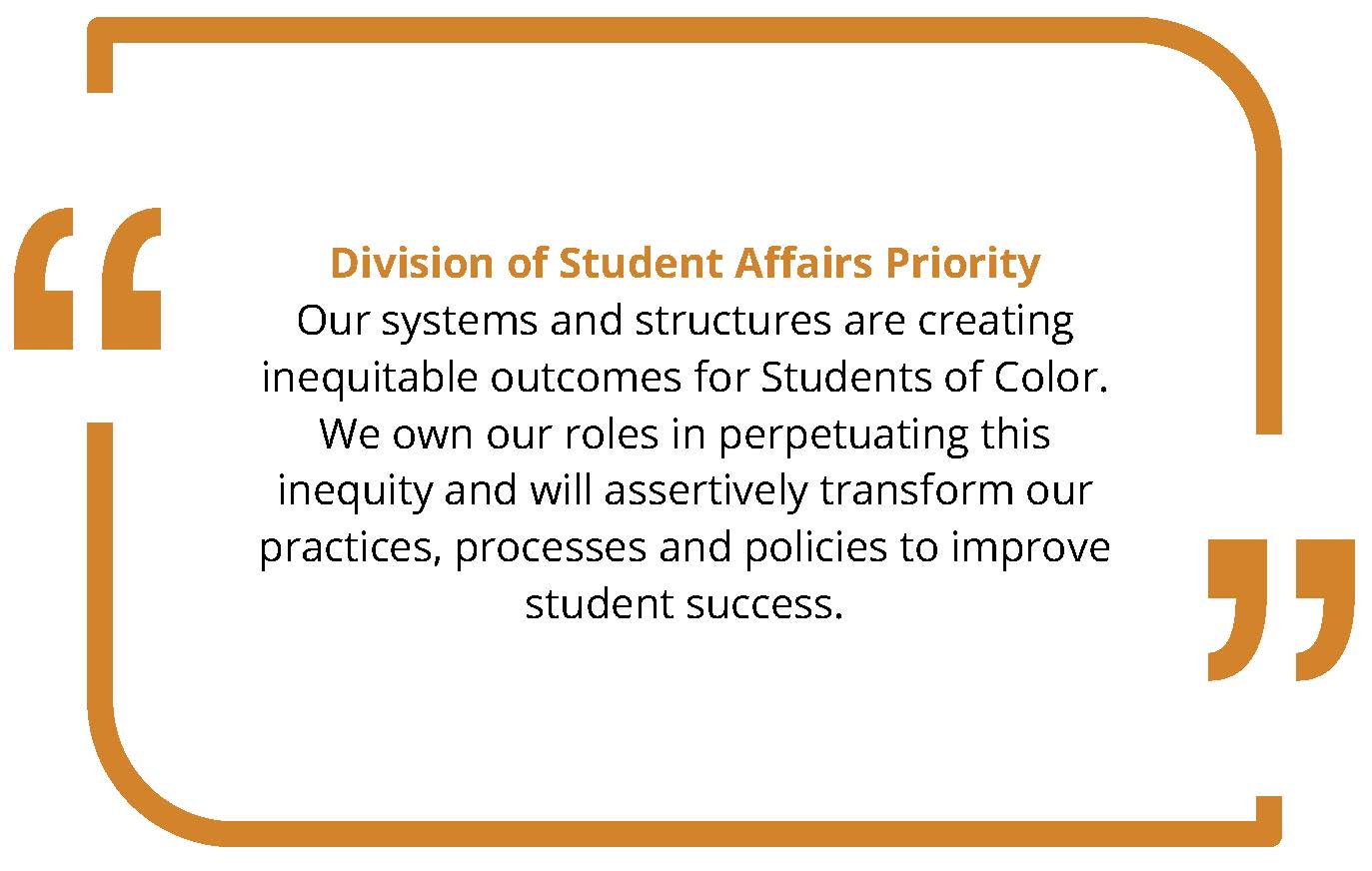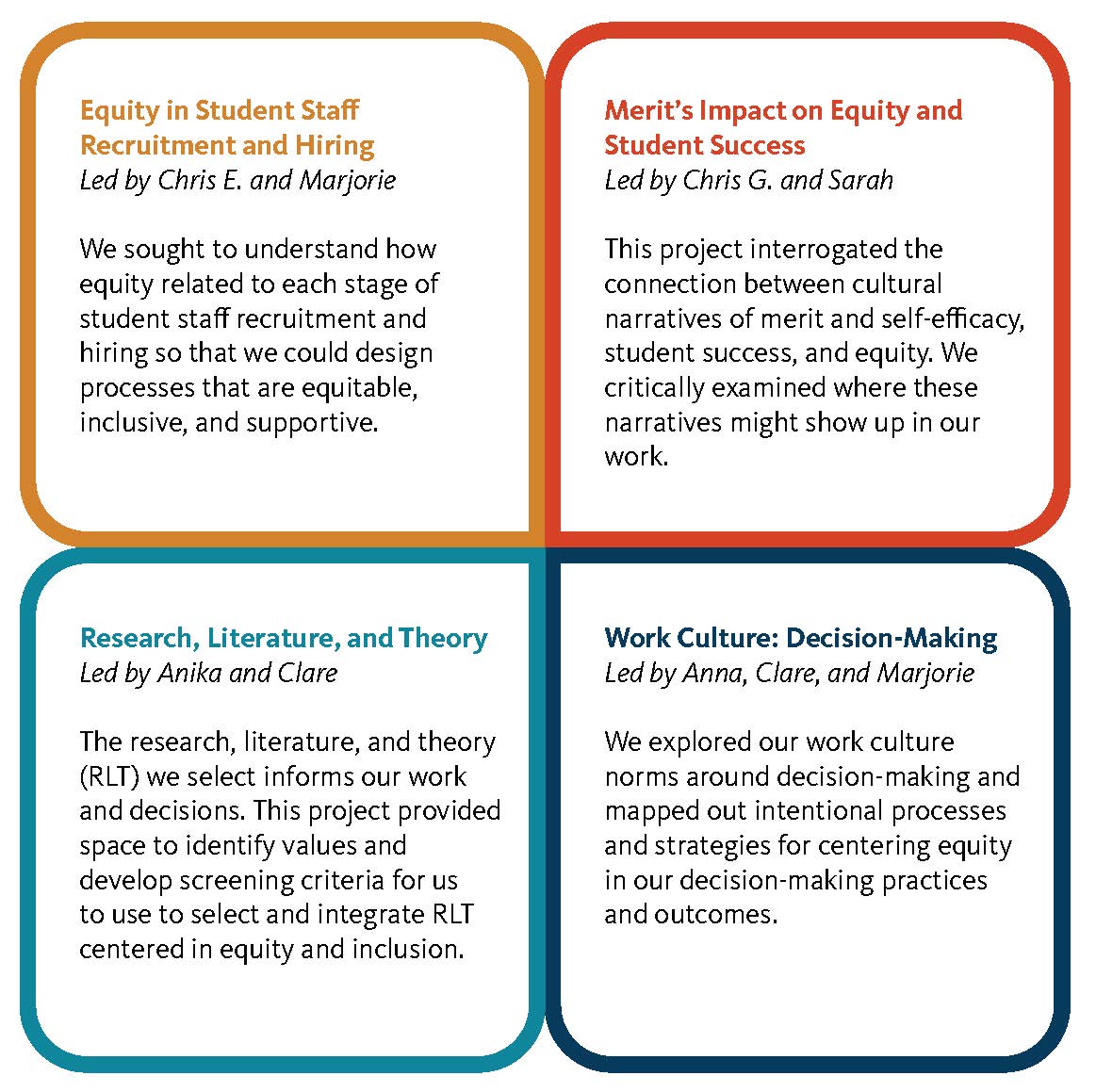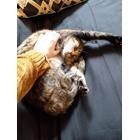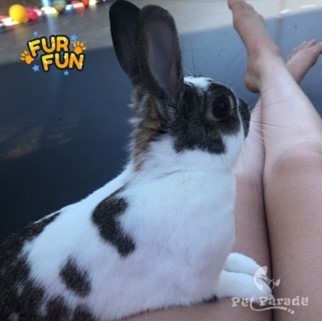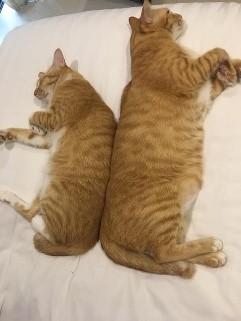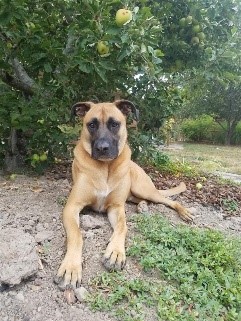The topic of “scaling up” has been prominent on the higher education landscape the past few years. Scaling up refers to the act of taking a program, interaction, or idea that is working on a small-scale, or in one area, and increasing the scope of that work, in many cases to serve more students. One of the values of scaling-up existing innovations is that you’re building upon the programs that have already seen successes, rather than inventing new programs that may be unproven. Yet presumably, there are challenges and growing pains to scaling up as well. This summer I had a chance to connect with Dr. Kim McAloney, Assistant Director of Engagement in the Educational Opportunities Program (EOP), and Chris Gasser, Coordinator of the Supplemental Instruction (SI) program in the Academic Success Center, about scale-up efforts they’re leading in their departments.
Clare: Let’s start with some context. Would you each share a bit about the program you’re scaling up and the size of the scale-up you’re working on?
Kim: The EOP Bridge is an extended orientation program that brings EOP-eligible students to campus prior to the start of fall term. Students arrive six days early and engage in a range of activities designed to build community and prepare for the transition to OSU. We’re scaling up from 40 students in Fall 2019 to 100-150 students this fall.
Chris: SI offers academic collaborative study tables for traditionally challenging courses at OSU. This year, we’re more than doubling in size and the number of courses supported. We’re going from roughly 11 courses to 23 courses, and from 16 SI Leaders last spring to 36 SI Leaders this fall, and a full-time assistant coordinator.
Clare: From your experience this summer, what is making this scale-up possible? What is it about your existing programs that makes the scale-up work?
Kim: Understanding our history, where we’ve been, and being able to draw on that knowledge. We know what we do, we know that what we do works, and we’re solid with that. We believe in ourselves, we believe in the work, we believe in the relationships that we’ve built, we believe in the pieces in our programs. This isn’t the first time we’ve done some of these things– we’ve done pieces of this before, we’ve learned and we’re able to carry that with us. I know these things worked and these things didn’t work and we’re able to lean into that.
Chris: Having a strong foundation in the existing program is essential. There have been a number of moments where I have had to say “I have to move forward with this, I have to trust in what’s there and know that we’re prepared for it, even if on paper it’s not as clean as I want it or had initially hoped.” The blueprint I have for this scale-up is in the solid foundation and the history of the program. I think that plays a tremendous role.
Clare: It sounds like you both are building off of strong programmatic foundations. What was needed that was new? What else did you discover was necessary that maybe wasn’t in place previously?
Chris: With the SI scale-up the logistics are only half of it: do we have the people to lead the tables, where will the tables be held, etc. Those are the pieces we often think of in a scale-up. The other element is the relationship building – building relationship with new SI faculty — folks who have never heard of the program, don’t know if it works. The same is true for students. SI relies on institutional memory. Students are more likely to sign up when they hear “yes, this is valuable, this is worth your time” about SI from peers and faculty, and it takes time to build that awareness for new courses.
Kim: With the bridge program there are so many more people involved in the layers: students, peer mentors, academic counselors, campus partners, and community vendors. The program is growing three times its size of students and this is a program that works because of small group dynamics and relationship building. You can’t just make the groups bigger. You have to keep the part of the program that builds relationships. Taking the structure pieces and thinking creatively about how to maintain the relationship building and our goals at this larger size. In this case, we use small cohorts to maintain that small-program feel.
Clare: What kinds of things have you learned that you would pass along to others who are considering scale-up efforts?
Chris: It’s not as easy as it seems on paper. There is newness to this. It’s a program I’ve known for a long time but I have been surprised by some new challenges and new places I have had to innovate. I think it’s important to not be too attached to how you’ve done things before because you don’t see new ways of doing things. Leave yourself enough time to innovate, to make changes. Leave yourself enough time to account for that. And construct a good team – that makes a world of difference.
Kim: I think about creativity and innovation, successes and failures. In moving forward with something new, there is some trial and error there. We’re in it for the long haul – we need to be able to adapt and change and continue to hone as we go on learning not just from our past but learning from our current as well. We want to be able to be adaptable to our current students and current context as well. It was helpful for me to engage with thought partners to help me hold onto the purpose of the program while also engage in the creativity, innovation, and adaptability that allowed me to dream and then execute.
Clare: Thank you both for your time today. I appreciate the perspectives you’ve shared with campus and best wishes for the rest of the term!

